I've done several stints as a surface mount solderer, mostly on prototype and small (under 20) production runs, for a company involved in research. Most of the boards were data loggers, or interface/drivers (using mobile phones to both log data and turn on pumps etc.) I prefer hand soldering with flux core solder and a flux pen if needed, although using solder paste in a syringe is a good place to start, I just found I worked quicker without it.
It really comes down to what you find works best. My supervisor once made me spend a week putting all the parts into nice tackle boxes, but the boxes were numbered for a particular job, which meant still looking through multiple boxes for a single part and finding we were out of stock...
The method that worked best for me was to simply work with one ribbon of parts at a time. One of the jobs called for 40 sot-23 diodes per board (20 boards in the job) I found it was easier to leave them on the ribbon, and just pull out 10 at a time. Complete all the parts of one type on one board and then move onto the next board, then jump back to the first board for the next part.
My supervisor used to go one step further and put one part down per board and then move on to the next board. It worked for him but I found it wasted a lot of time jumping between boards, especially if multiple parts were placed right next to each other.
I usually tin all the tabs on one side at once, take out the number of parts needed, place them down on the tinned pads one at a time, then move back to the first one with the solder and complete both the remaining connections, and fill up the original tinned pad. It's all a matter of technique.
While I certainly wouldn't suggest ever tipping the entire board's components into a single pile and having to work out which is which, after a while you do get a feel for the different parts; even two identical parts from different manufacturers will have a slightly different colour to them, or overall size may be slightly different. You tend to get a feel after a while if the part you have picked up is the right one, particularly when using the single ribbon method; the eye can pick out one different part fairly easy.
You didn't really specify if you are hand soldering, machine soldering, pick and placing with solder paste and an oven, etc.
